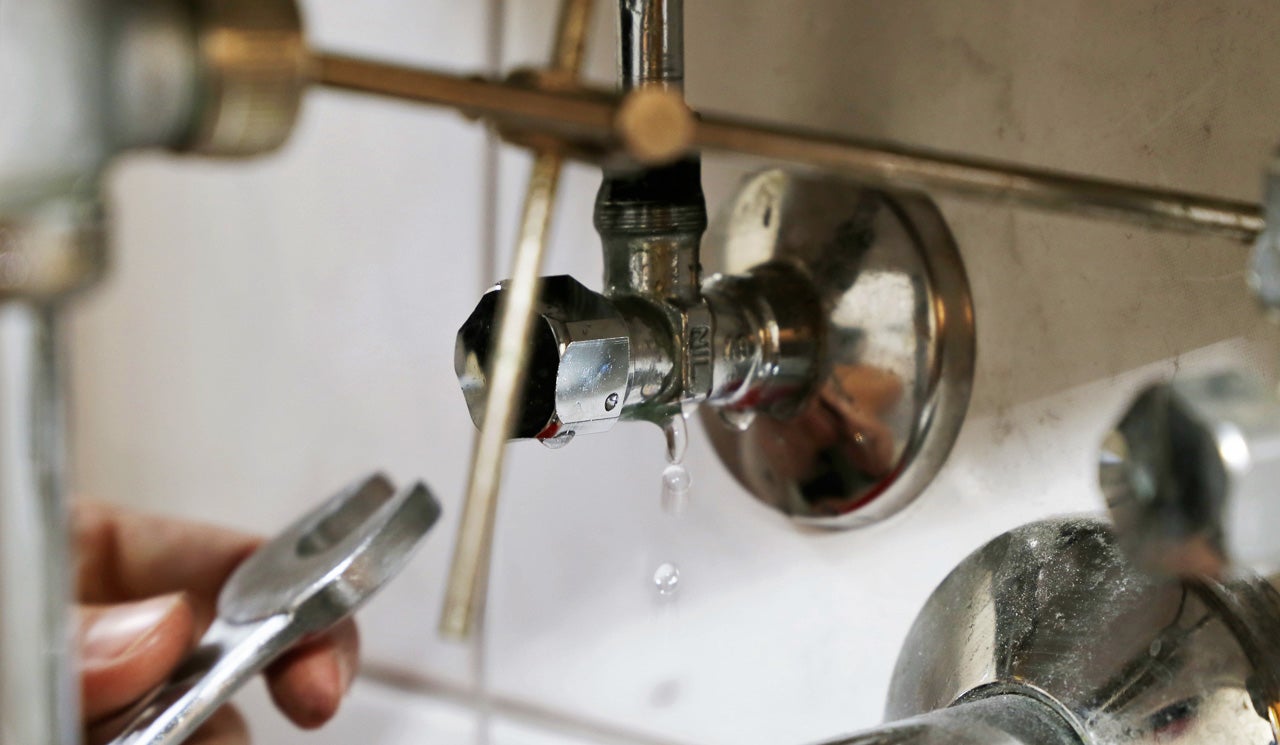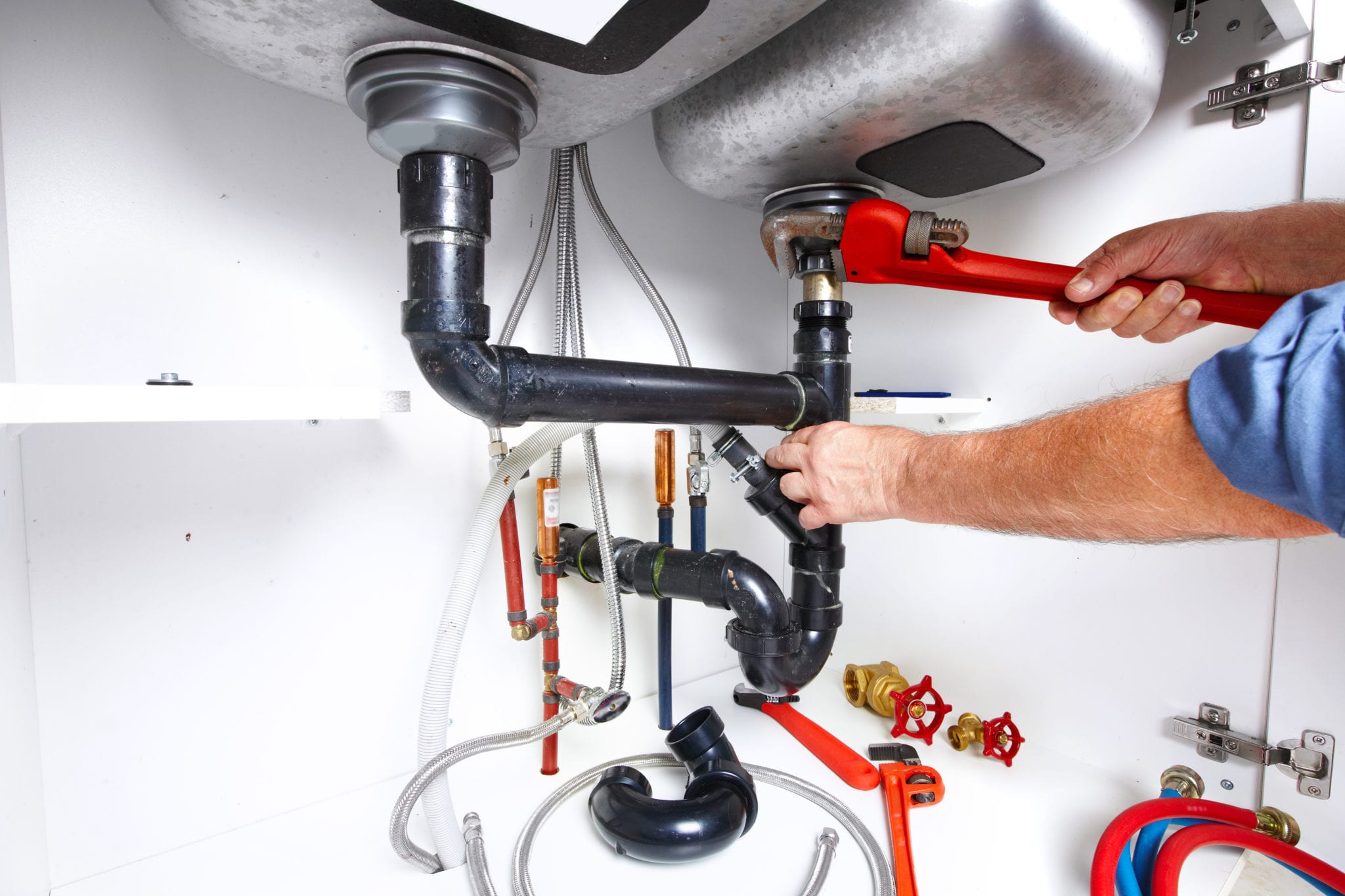How to Locate as well as Repair Work Water Leaks-- A Comprehensive Guide
How to Locate as well as Repair Work Water Leaks-- A Comprehensive Guide
Blog Article
What're your thoughts on Locating water leaks?

Early detection of dripping water lines can reduce a potential calamity. Some tiny water leakages might not be noticeable.
1. Check Out the Water Meter
Every house has a water meter. Checking it is a surefire way that helps you find leaks. For beginners, shut off all the water resources. Guarantee nobody will certainly flush, use the tap, shower, run the washing maker or dishwashing machine. From there, go to the meter and also watch if it will certainly transform. Given that no one is using it, there ought to be no motions. That suggests a fast-moving leakage if it moves. If you spot no modifications, wait an hour or two and examine back again. This suggests you may have a slow-moving leak that might also be underground.
2. Inspect Water Intake
Assess your water bills as well as track your water intake. As the one paying it, you need to observe if there are any inconsistencies. If you spot sudden changes, regardless of your intake coinciding, it implies that you have leaks in your plumbing system. Keep in mind, your water costs ought to drop under the same range on a monthly basis. A sudden spike in your bill shows a fast-moving leakage.
A constant rise every month, even with the exact same behaviors, reveals you have a slow-moving leak that's additionally gradually intensifying. Call a plumber to thoroughly inspect your residential or commercial property, particularly if you really feel a warm area on your flooring with piping beneath.
3. Do a Food Coloring Examination
30% comes from bathrooms when it comes to water consumption. Examination to see if they are running correctly. Decline flecks of food shade in the storage tank as well as wait 10 mins. There's a leak between the tank and bowl if the color somehow infiltrates your bowl during that time without flushing.
4. Asses Exterior Lines
Do not neglect to examine your exterior water lines as well. Test faucets by affixing a yard pipe. Ought to water seep out of the link, you have a loose rubber gasket. Replace this as well as guarantee all links are tight. It will certainly help obtain it professionally took a look at and also preserved annually if you've obtained a sprinkler system. One tiny leakage can waste lots of water and also spike your water costs.
5. Evaluate and Examine the Scenario
Property owners need to make it a habit to inspect under the sink counters and even inside cupboards for any bad odor or mold growth. These 2 warnings show a leak so punctual focus is required. Doing routine assessments, also bi-annually, can conserve you from a significant trouble.
Examine for stainings as well as deteriorating as a lot of pipes and appliances have a life expectations. If you suspect leaking water lines in your plumbing system, do not wait for it to escalate.
Early detection of dripping water lines can minimize a potential catastrophe. Some tiny water leaks may not be noticeable. Examining it is a surefire way that assists you discover leakages. One small leak can throw away heaps of water as well as spike your water costs.
If you presume leaking water lines in your plumbing system, do not wait for it to intensify.
WARNING SIGNS OF WATER LEAKAGE BEHIND THE WALL
PERSISTENT MUSTY ODORS
As water slowly drips from a leaky pipe inside the wall, flooring and sheetrock stay damp and develop an odor similar to wet cardboard. It generates a musty smell that can help you find hidden leaks.
MOLD IN UNUSUAL AREAS
Mold usually grows in wet areas like kitchens, baths and laundry rooms. If you spot the stuff on walls or baseboards in other rooms of the house, it’s a good indicator of undetected water leaks.
STAINS THAT GROW
When mold thrives around a leaky pipe, it sometimes takes hold on the inside surface of the affected wall. A growing stain on otherwise clean sheetrock is often your sign of a hidden plumbing problem.
PEELING OR BUBBLING WALLPAPER / PAINT
This clue is easy to miss in rooms that don’t get much use. When you see wallpaper separating along seams or paint bubbling or flaking off the wall, blame sheetrock that stays wet because of an undetected leak.
BUCKLED CEILINGS AND STAINED FLOORS
If ceilings or floors in bathrooms, kitchens or laundry areas develop structural problems, don’t rule out constant damp inside the walls. Wet sheetrock can affect adjacent framing, flooring and ceilings.
https://www.servicemasterbyzaba.com/blog/how-to-detect-water-leakage-in-walls/

I ran across that content on Detecting hidden plumbing leaks when doing a lookup on the web. Sharing is caring. Who knows, you may very well be helping someone out. I truly appreciate reading our article about Detecting hidden plumbing leaks.
Report this page